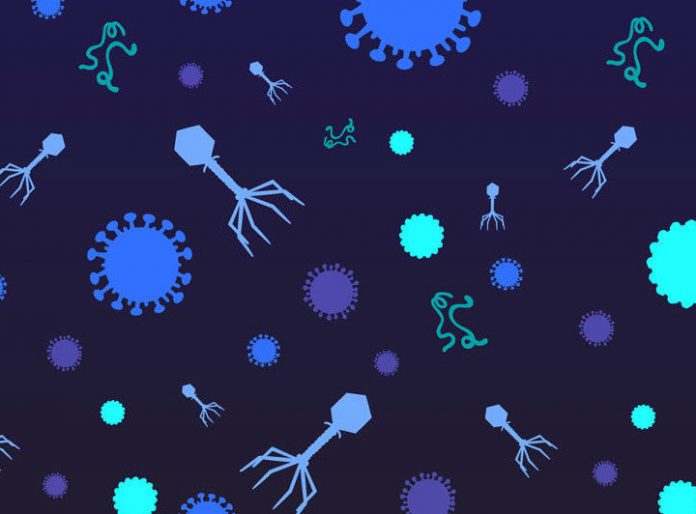The oceans cover over 70 percent of the planet and are teeming with life, from 100-foot-long blue whales with hearts that weigh as much as a car to rugged, flea-sized water bears. Living amongst these charismatic creatures are billions of viruses, which are mere nanometers in size (six orders of magnitude smaller than a penny). Despite knowing that these viruses are in the oceans, we have not been able to differentiate them from one another until recently; for example, a 2016 study discovered nearly 15,000 individual viruses in our world’s oceans. Now, a new global survey of viruses conducted between 2009 and 2013 shows that the oceans carry at least 13 times that amount.
“Viruses are these tiny things that you can’t even see, but because they’re present in such huge numbers, they really matter,” said Dr. Matthew Sullivan, a professor of microbiology at the Ohio State University and co-author of this study, “We’ve developed a distribution map that is foundational for anyone who wants to study how viruses manipulate the ecosystem.”
DNA was analyzed in 146 water samples that were collected during the Tara Oceans Expedition from 80 sites spanning the Antarctic and Arctic Oceans. The scientists discovered over 195,000 virus populations*, 90 percent of which had never been documented prior to this study. They were also able to sort the virus populations into five categories based on either ocean region and depth: [1] Arctic, [2] Antarctic, [3] temperate and tropical epipelagic (viruses found from the ocean’s surface to 650 feet deep), [4] temperate and tropical mesopelagic (viruses from 650 to 3,280 feet deep), and [5] temperate and tropical bathypelagic (3,280 feet to 2.5 miles deep).
Although biodiversity studies concerning larger species suggest that diversity is greatest at and near tropical zones, nearly half of the virus populations in this study were concentrated in the Arctic. Given how rapidly the Arctic is warming, the immense number and diversity of viruses in this region could be related to or even drive climate impacts. Although marine viruses do not generally infect humans, they can infect other sea life including marine mammals, the animals that make up the seafood that we consume, and microscopic organisms that we may not ordinarily consider.
“Viruses control the structure of the microbial communities, as well as their evolutionary trajectories,” said graduate researcher Ahmad Zayed, one of the lead scientists on this project, “Since microbes are the foundation of the food web in the ocean and are responsible for producing a huge portion of the oxygen that we breathe, it is important to understand how viruses impact these microbes and eventually the ocean ecosystem at a global scale.”








